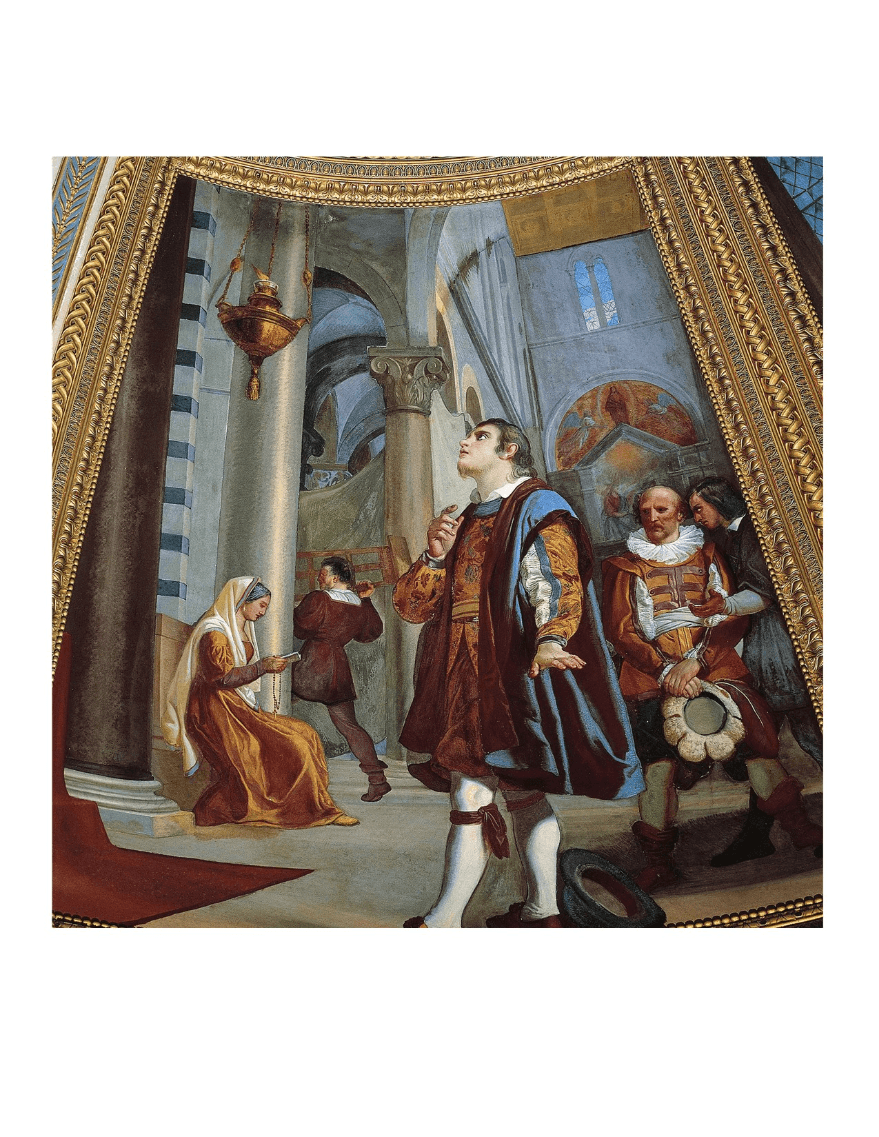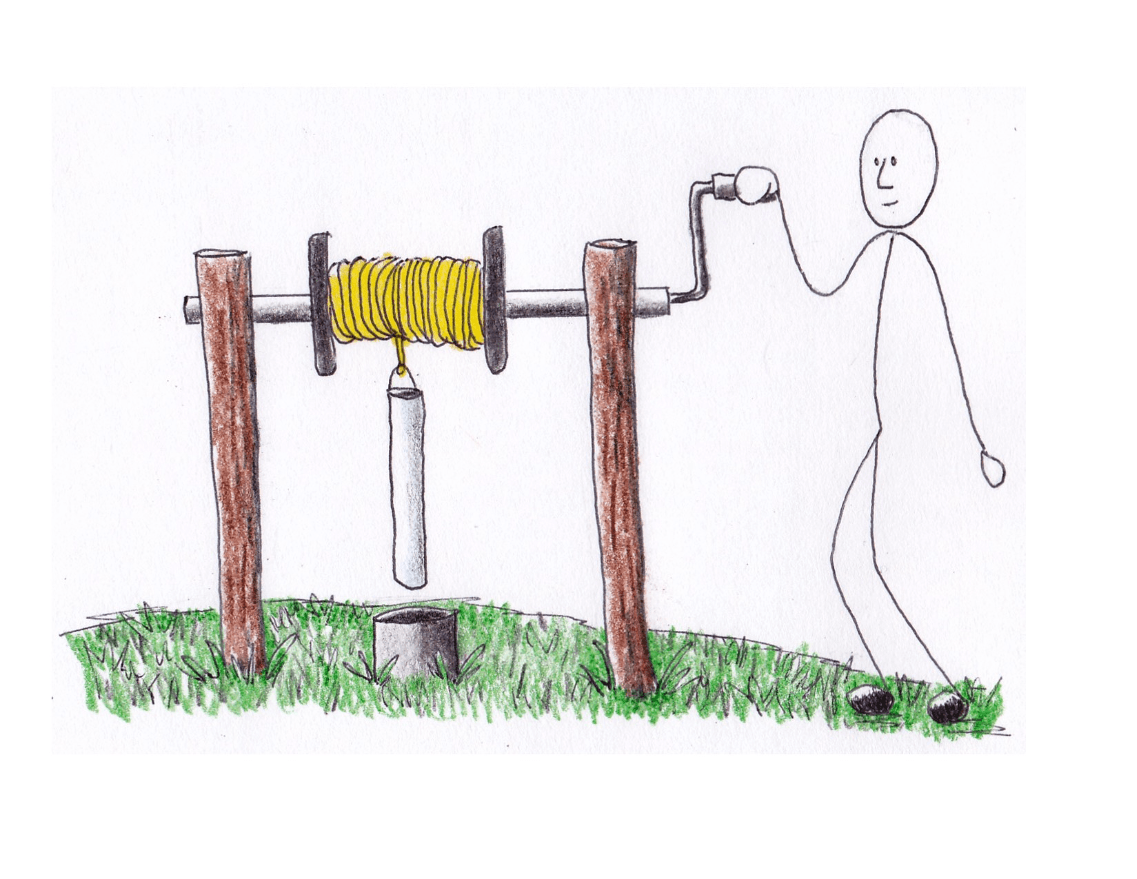This astronomer was born in Germany and originally went to school to become a minister. He was captivated by an astronomy class he took and instead glorified God through his study of the planets, and eventually his understanding about how they moved within the universe.
Johannes Kepler
Scissors are an example of this class of lever.
First class
This force can reduce the efficiency of any machine
Friction
This is another name for Newton's First Law of Motion.
The Law of Inertia
Kepler described this orbital shape of the planets in his first law. Within this shape the sun was at one foci.
An ellipse
Born in Woolsthorpe, England in 1643, this physicist and mathematician not only studied the composition of white light, but developed calculus, a law of universal gravitation, and three laws of motion.
Isaac Newton
By pushing the walnut closer to the pivot point on a nutcracker, I can expect this outcome.
The effort is reduced.
Adding to the complexity of any machine usually reduces this.
Efficiency
Pulling back on the bowstring and releasing an arrow in the forward direction demonstrates well the idea of this Law of Motion.
Third Law
When a planet is closer to the sun this happens to the rate of orbital speed. This is described in the second law.
Born in Greece in 384 BC, this ancient philosopher and scientist is remembered as one of the greatest intellectual figures of Western history. He was a pupil of Plato and believed firmly that heavier objects would fall faster than lighter ones.
Aristotle
A hockey stick falls into this category of lever.
Third Class
A car that has driven 400 miles in 10 hours has been traveling at this average speed. (Units, please)
40 miles/hour
A person flying over the handlebars of their bicycle after hitting a rock is an example of this law developed by Newton.
First Law of Motion

The clock
This Italian scientist and mathematician was born in Pisa in 1564 and his studies of the heavenly bodies revolutionized astronomy, paving the way for acceptance of the Copernican model of the universe. He was known for his carefully devised experiments which allowed him to collect data and draw conclusions.
Galileo
A fishing rod is an example of this type of lever.
Third class
A wheelbarrow is a combination of these two simple machines.
Lever and Wheel and Axle
This is the amount of force necessary to get a 50 kg block of marble accelerating at 2 m/s2. (Provide units)
100 Newtons
What prompted Kepler to look closely at the movements of the planets was this planet, which appears to stop, reverse direction, and then continue on in its orbit.
Mars
Born in 287 in Syracuse, Sicily, this mathematician and inventor developed the principle of buoyancy and studied the volumes of shapes. He was so thrilled with one discovery that he ordered that his tomb be marked with a sphere inscribed in a cylinder, which it was!
Archimedes
When considering the oar of a boat, this is the load the load.
The water.

First Class Lever
Understanding the effects of gravity, it is safe to say that your weight will increase more on the bottom of the Mariana Trench or the top of Mount Everest.
Bottom of the Mariana Trench
In 1851 the French scientist, Focault was able to use a pendulum to demonstrate this little understood phenomenon.
The rotation of the Earth.